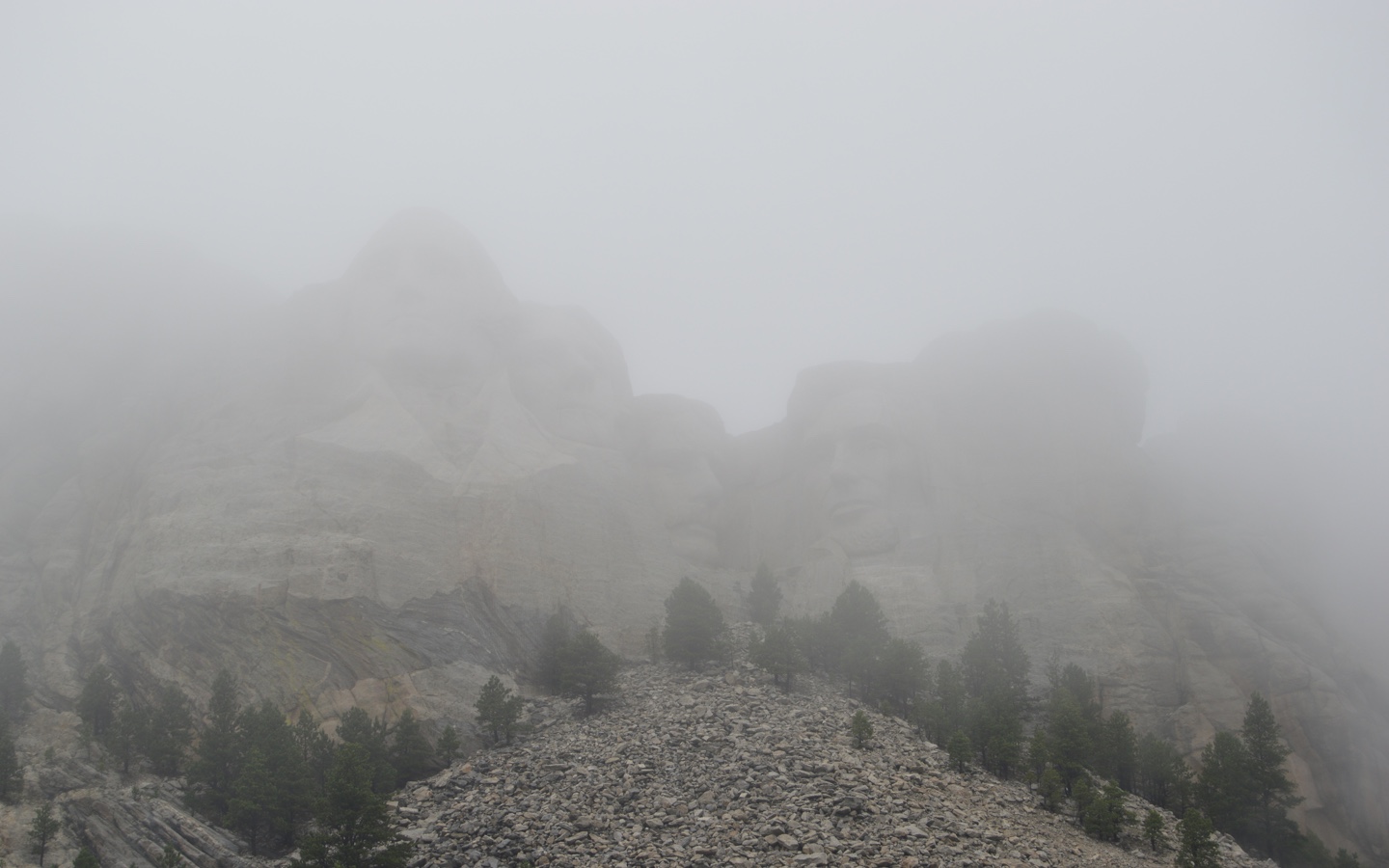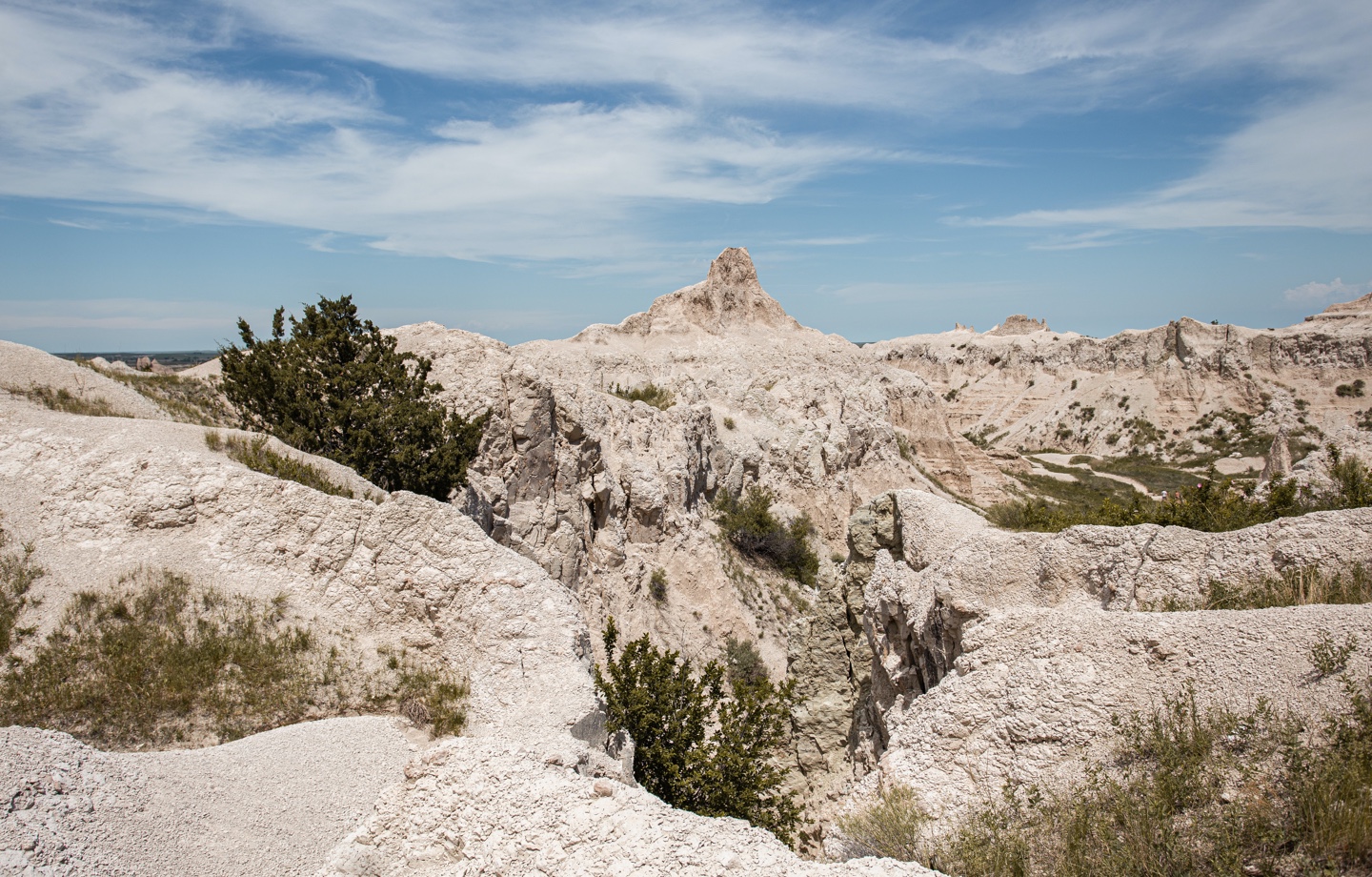We can’t have climate justice without justice for Indigenous people. The landback movement seeks to reclaim land stolen from the original Peoples of America.
A year ago, news organizations raced to cover a standoff at Mount Rushmore. Mount Rushmore’s history is one of oppression and American exceptionalism, as the structure was created by a sculptor who reportedly sympathized with the Klu Klux Klan. Nearly 80 years after the monument was completed, Indigenous land defenders gathered there during one of former President Trump’s rallies to protest his policies, white supremacy, and oppression. But they weren’t just protesting Trump; they were there to take their land back.
This protest was part of a larger movement that has been going on for centuries — the
“Our struggle is interconnected with the struggles of all oppressed peoples,” the organizers of landback write, noting that their work hinges on envisioning a world where Black, Indigenous and POC liberation co-exists. The movement is focused on “our belonging to the land — because — we are the land.”
Read more: This Powerful Documentary Celebrates BIWOC Reclaiming the Outdoors
The purpose of
While battles for reclamation are being fought all across the country, the cornerstone is still at Mount Rushmore. Black Hills — the land on which Mount Rushmore sits — was seized from Native people by the federal government in 1877, effectively violating the Fort Laramie Treaty of 1868, which states the land was to be reserved for the Indigenous people that inhabited it. Indigenous leaders are asking for the closure of Mount Rushmore and the transfer of the deed to that land and all public lands in the Black Hills to their rightful owners.
“Not only does Mount Rushmore sit in the heart of the sacred Black Hills, but it is an international symbol of white supremacy and colonization,” organizers write on their website. “To truly dismantle white supremacy and systems of oppression, we have to go back to the roots. Which, for us, is putting Indigneous Lands back in Indigenous hands.”

The group has already achieved some big wins. On the Klamath River in Oregon, the Yurok Tribe campaigned to have dams removed and ultimately succeeded. The removal project will be the largest in U.S. history and is scheduled for 2023. And in Northern California, 1,200 acres of ancestral land were returned to the Esselen tribe after 250 years.
There’s a bigger picture here, too. In 2019, a research report from the Intergovernmental Panel on Climate Change noted that Indigenous rights and climate justice are inextricably tied together. Success in returning public lands to their Indigenous owners will likely beget climate improvements because local communities play a huge role in preserving ecosystems and preventing deforestation. Many researchers and policymakers have gone as far as to call the landback movement “a keystone of environmental justice.”
As an individual, there are multiple ways you can support the landback movement. You can do so financially, and you can also take the time to educate yourself about Indigenous peoples’ history where you live. Land acknowledgements are another way to honor the Native population by addressing America’s history of mistreatment, murder, and manipulation. If you’re giving a public presentation or even posting a photo of a landscape on Instagram, do some research to understand who the land belonged to before it was stolen to acknowledge the Indigenous stewards of the land.
Read more: The Importance of Land Acknowledgements
Organizers are hopeful for the future, too. In an interview with Grist, Krystal Two Bulls, the director of the landback campaign at NDN Collective, said they believe changes will occur in their lifetime.
“As organizers, oftentimes we do this work knowing that we may not be alive to eat the fruits of our labor. But
Have feedback on our story? Send us an email at [email protected].

Shop Pillows
The Essential Organic Pillow Collection
Gentle, breathable, non-toxic support.





